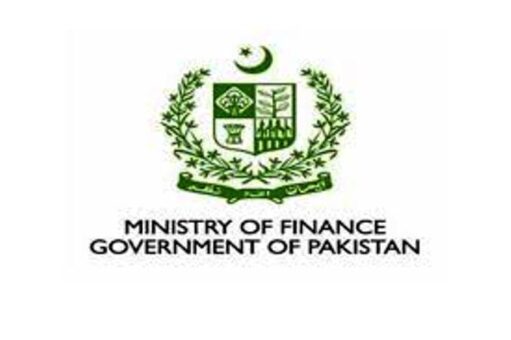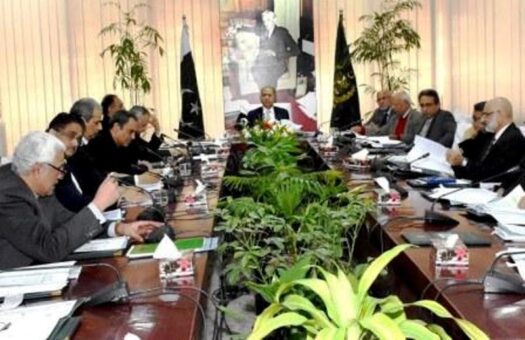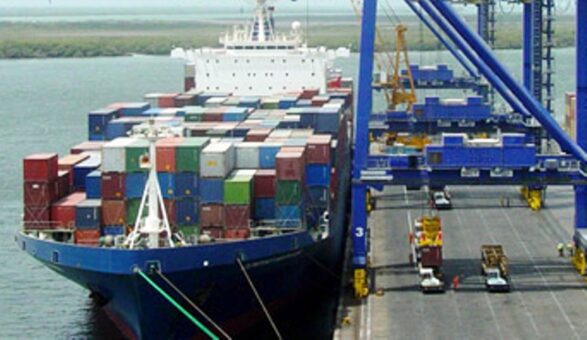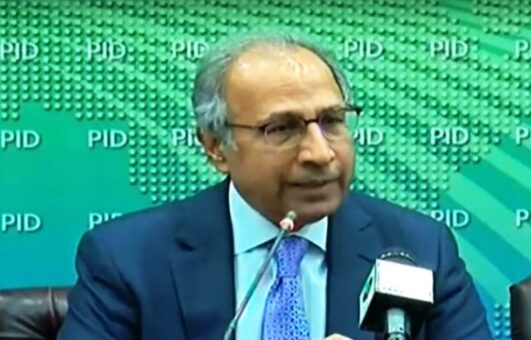ISLAMABAD: The ministry of finance on Monday hoped the inflows of remittances to remain strong enough to support the financing of the trade deficit in coming months.
In its monthly economic update and outlook – January 2021, the ministry said that the sudden surge in imports due to the increase in international oil prices and import of additional food products enhanced imports by $ 1.2 billion alone in December 2020 ($ 5.0 billion) compared to December 2019 ($ 3.8 billion).
“However, there was no pressure on foreign reserves as Current Account remained in surplus for H1 FY 2021. Looking forward, depending on these explanatory factors, imports may remain $ 4.5 – $ 5.0 billion in next month,” the ministry said.
Exports are expected to stabilize around current levels, it added.
“But in the baseline scenario, the trade balance is not expected to further deteriorate. Remittance inflows remain strong and continue to provide strong support to the financing of the trade deficit,” the ministry said.
The finance ministry said that Pakistan’s economy consecutively suffered from Balance of Payment (BOP) crisis and COVID-19 pandemic kept economy below its potential level.
Since the start of current fiscal year, economy has started recovering. The government is committed to monitor external balance and its financing closely.
Furthermore, the government has also taken policy and administrative measures to monitor the supply and market functioning wherever necessary to mitigate inflationary pressure.
The restoration and acceleration of Pakistan’s productive capacity is a necessity to ensure a high and sustainable growth in the near and longer term. In the near future, the economic recovery is expected to translate into more productive investment expenditures.
The government is committed to motivate investments in crucial sectors of the economy to enhance productive capacities and to stimulate economic growth.
Fiscal performance remained satisfactory. Currently, the fiscal policy actions are primarily concentrated on relief measures to support businesses stay afloat and to protect vulnerable segments of society.
At the same time, the government is focused on containing the fiscal deficit at a manageable level and keeping the primary balance at a sustainable level.
According to latest fiscal numbers, healthy growth in non-tax revenues, satisfactory performance of FBR tax collection despite issuance of higher number of refunds and controlling of expenditures other than mark-up payments and COVID related would pave the way to maintain the fiscal deficit within the reasonable limits in coming months, the ministry said.
The finance ministry said that the current outlook ensures economic revival on the basis of continued recovery seen in recent months but there is possibility of slower economic activities especially in services sector depending on the intensity and duration of pandemic.






